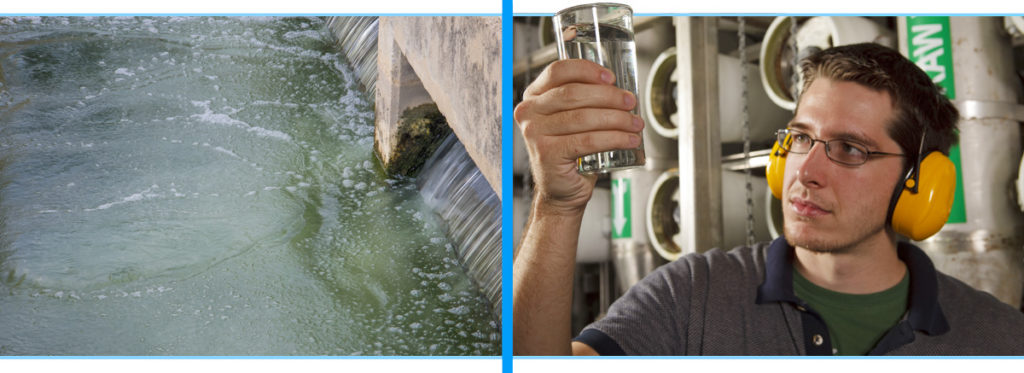News
What is trade effluent and how can trade effluent bills be reduced?
Trade effluent (TE) is any liquid waste (effluent) other than surface water and domestic sewerage that is discharged from premises being used for a business, trade or industrial process.
As trade effluent and waste water cost reduction experts our top priorities are: –
- To ensure your business meets fully with it legal obligations.
- You comply with your TE discharge consent licence.
- Helping you save money on your trade effluent MOGDEN charges and mains water charges.
What is the MOGDEN formula?
The MOGDEN formula is used by sewerage companies to calculate charges applicable to your TE discharge, the costs depend on the volume and strength of the discharged trade effluent.
The complex formula calculates the charge 1 cubic metre of trade effluent that is discharged to water company sewers which is then multiplied by the total volume discharged resulting in a total trade effluent charge.
COD (chemical oxygen demand) and suspended solids may be used, however some water companies may prefer to use other variations such as settled COD and settelable solids.
For any trade effluent discharger there are three main factors that can be controlled: –
- Volume.
- Chemical Oxygen Demand (COD)
- Suspended solids
Charge per unit of effluent
R= reception and conveyance charge (p/m3)
V= primary treatment (volumetric) charge (p/m3)
Bv = additional volume charge of there is biological treatment (p/m3)
M = treatment and disposal charge where effluent goes to sea outfall (p/m3)
B = biological oxidation of settled sewage charge (p/kg)
Ot = chemical oxygen demand (COD) of effluent after one hour quiescent settlement at pH 7
Os = chemical oxygen demand (COD)
S = treatment and disposal of primary sewage sludge charge (p/kg)
St = total suspended solids of effluent at pH 7 )mg/litre)
Ss = total suspended solids of crude sewage (mg/litre)
So a business may look at volume (V), chemical oxygen demands (COD (Ot) and suspended solids (Ss) (St). There are various versions of the formula used by different water companies but the MOGDEN formula of charging is regulated and controlled by OFWAT on an annual basis. All water and waste water companies publish their charges every year.
You may easily reduce the volume of water to reduce MOGDEN charges performing basic maintenance and reducing water use throughout the site.
However the danger is by substantially reducing water input will increase concentration of TE strength and (COD & Ss) rise as a result as do the TE charges.
By the application of a scientific approach to trade effluent bills savings of between 30% – 60% can be achieved and in a high proportion of projects often the water and waste water company overcharged on TE bills.
For an initial trade effluent bill audit and review call 0845 658 0948 or email info@h2obuildingservices.co.uk
